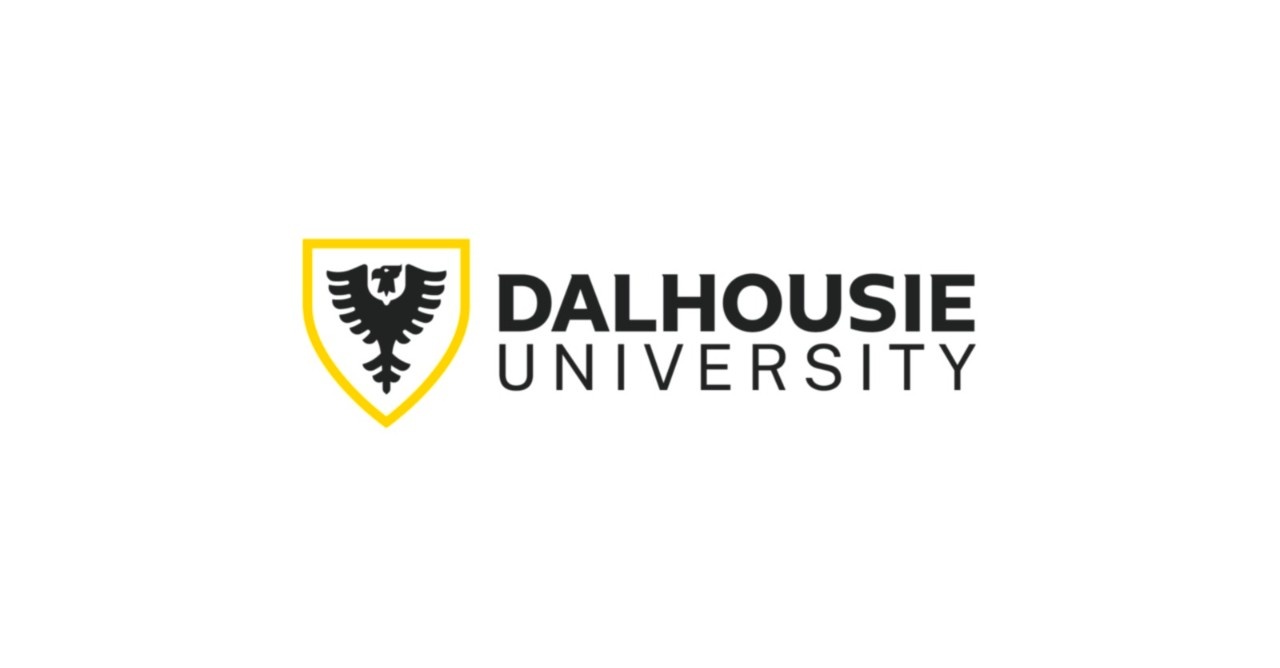Navigating the Future of Work: Key Career Development Trends in 2025
As we step into 2025, the landscape of career development is undergoing significant transformation. Driven by technological advancements, shifting workforce dynamics, and evolving employer strategies, several key trends are shaping the future of work. This piece explores these trends, offering insights into how they are redefining career paths and workplace environments.
The Rise of Career Lattices
In the traditional career model, employees climbed a linear ladder, moving vertically within an organization. However, the modern workforce is embracing career lattices, where movement is horizontal or diagonal. This approach allows employees to leverage their transferable skills and explore wider interests, leading to more diverse career paths. This flexibility is becoming increasingly popular as it aligns with the gig economy and freelance workforce dynamics, as noted by MTD Training.
Upskilling and Reskilling: The New Norm
With rapid technological advancements, particularly in AI and automation, the demand for new skills is at an all-time high. Over half of hiring managers report that AI is reshaping the required skill sets, necessitating a focus on upskilling and reskilling, according to Robert Half’s 2025 Salary Guide. This trend, often referred to as “career cushioning,” involves employees broadening their knowledge and skills to ensure job security. By investing in training and professional certifications, professionals can enhance their marketability and adaptability in a rapidly changing job market.
Flexible Work Arrangements: A Double-Edged Sword
The COVID-19 pandemic accelerated the adoption of remote work, and flexible work arrangements have become a permanent fixture in many organizations. While remote work offers benefits such as enhanced job satisfaction and work-life balance, there is a growing trend towards more in-office work. According to Robert Half’s 2025 Salary Guide, 66% of managers are willing to increase starting salaries for new hires willing to work in the office, driven by the need for face-to-face interaction and in-person training. This shift highlights the ongoing balancing act between flexibility and the benefits of in-person collaboration.
The Imperative of Skills Scaffolding
In today’s competitive job market, skills alone are not enough. Organizations are recognizing the need for additional “scaffolding” to support employee growth and innovation. This includes providing social capital, targeted benefits, coaching, mentorship, and psychological safety. These elements are crucial for fostering an environment where employees feel safe to take risks and grow, as highlighted by TechRSeries. By investing in these areas, companies can enhance employee engagement and retention, creating a more dynamic and innovative workforce.
Career Mobility Programs: Fostering Growth
To address the challenge of reluctant retention, where employees remain in unsatisfying jobs due to limited options, companies are investing in structured upskilling programs. These programs, coupled with employee-listening tools, help measure satisfaction and engagement levels, creating fulfilling, growth-oriented environments. By fostering career progression, organizations can retain top talent and drive innovation.
AI and Automation: Reshaping the Workforce
The integration of AI and automation is transforming industries across the board. While these technologies offer significant benefits in terms of efficiency and productivity, they also necessitate a reevaluation of skill requirements. Advancements in AI are changing the needed skill sets, prompting professionals to prioritize training and certifications, as noted by Robert Half’s 2025 Salary Guide. This shift underscores the importance of continuous learning and adaptability in the modern workforce.
Embracing Diversity, Equity, and Inclusion (DEI)
In an increasingly globalized world, diversity, equity, and inclusion are more important than ever. Organizations are expanding into new talent pools, particularly among underrepresented groups, to address workforce shortages. By aligning DEI initiatives with business outcomes and investing in equity, companies can build diverse talent pipelines and foster a more inclusive workplace. These efforts are crucial for driving growth and innovation, as emphasized by TechRSeries.
The Impact of AI and Automation on the Workforce
The integration of AI and automation is a double-edged sword, offering both challenges and opportunities. By 2025, AI and automation are expected to displace 75 million jobs globally, particularly in industries reliant on routine tasks such as data entry and manual labor, according to Nexford University. However, this displacement is counterbalanced by the creation of 133 million new jobs, resulting in a net gain of 58 million jobs. Emerging roles in AI development, data science, and human-AI collaboration are paving the way for a new era of employment, as reported by the World Economic Forum.
The Future of Jobs Report 2025 emphasizes the importance of human-machine collaboration, where technology complements human capabilities rather than replacing them entirely. This hybrid approach is expected to become more prevalent, with tasks divided between human, machine, and hybrid methods by 2030. Employers must prioritize reskilling and upskilling to prepare their workforces for these changes, as skill gaps remain a significant barrier to digital transformation, according to SandTech.
Flexible Work Arrangements: The New Normal
Flexible work arrangements are evolving, with trends such as four-day workweeks and digital nomadism gaining traction. Many industries, including tech and healthcare, are adopting four-day workweeks to improve employee satisfaction and reduce burnout, as noted by Ivy Exec. Digital nomadism allows teams to work from anywhere, often with stipends for travel costs or coworking spaces abroad.
Hybrid work models, combining in-office and remote work, are becoming the norm, enhancing employee satisfaction and productivity while maintaining opportunities for face-to-face collaboration, as reported by Splashtop. This shift towards flexibility is driven by employee demands for better work-life balance and increased productivity, with companies adopting decentralized office spaces and remote work hubs to cater to distributed teams.
Upskilling and Reskilling: Preparing for the Future
As technology continues to advance, the need for upskilling and reskilling is more critical than ever. Digital literacy, adaptability, and creative problem-solving are essential skills for navigating the changing workforce, as highlighted by GSG Talent Solutions. AI-powered personalized learning platforms and microlearning sessions are becoming popular strategies for delivering targeted training without disrupting daily responsibilities, according to Drillster.
Organizations are conducting skills gap analyses and partnering with educational institutions to provide employees with access to cutting-edge courses, as noted by Horton International. By incentivizing lifelong learning and using technology to personalize learning experiences, companies can effectively prepare their workforces for the challenges and opportunities of 2025.
Diversity, Equity, and Inclusion: A Business Imperative
Diversity, equity, and inclusion (DEI) are no longer just buzzwords; they are essential components of a successful business strategy. Companies are focusing on disability inclusion, LGBTQ+ equality, and supporting neurodiversity in the workplace, as reported by the American Diversity Initiative. Robust mental health support and intersectionality in DEIB programs are also gaining attention, with organizations using data-driven strategies to measure progress and maintain transparency, as highlighted by the HR Exchange Network.
Inclusive leadership development and skill-based hiring are becoming non-negotiable, with diversity recognized as a core business driver that enhances innovation and competitive advantage. By fostering cross-generational collaboration and eliminating unconscious bias, companies can create inclusive and equitable workplaces that attract and retain top talent, as emphasized by Vantage Circle.
link






More Stories
Career Horoscope Today for February 21, 2025: Astro tips for financial goals | Astrology
Nancy’s Journey to Positive Leadership – Faculty of Open Learning & Career Development
Reimagining Workforce Management with HR Tech, HR News, ETHRWorld